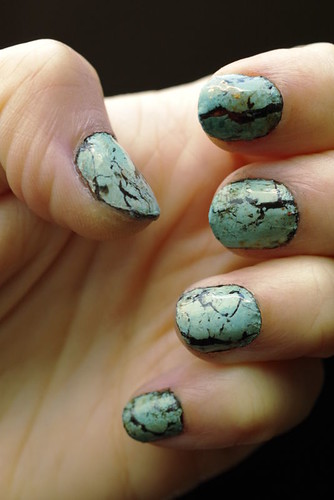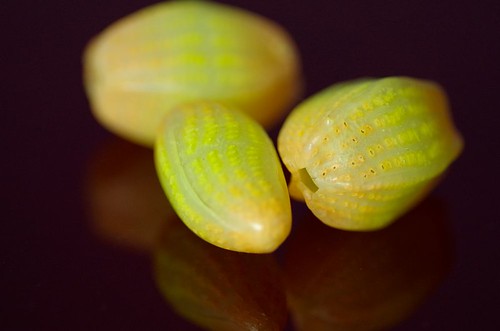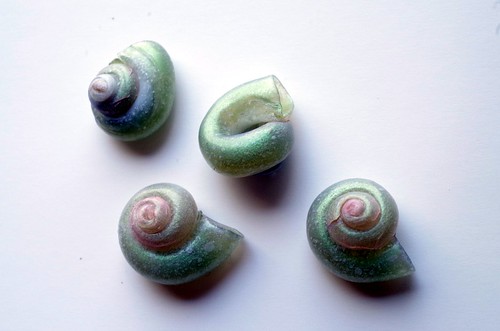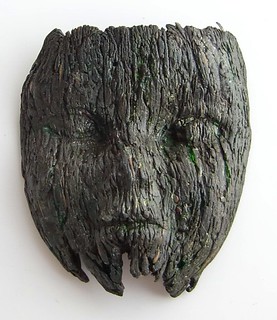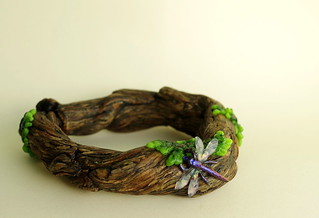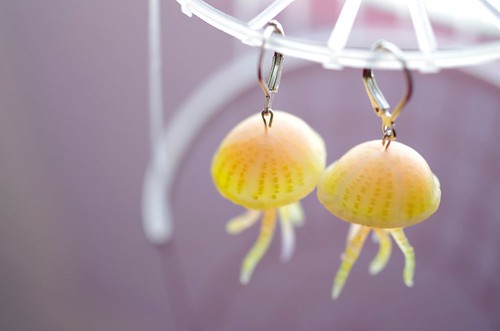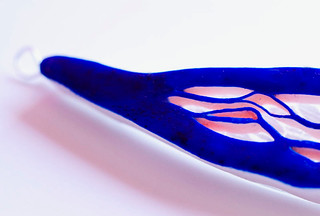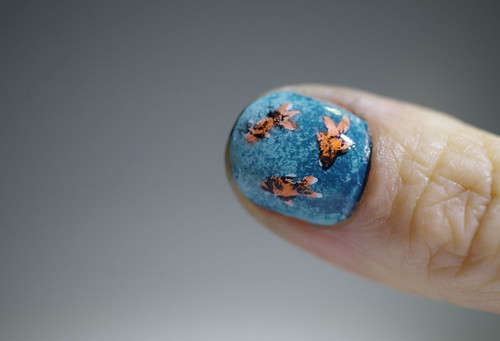
For nails, I found sites exposing two main approaches, very close to those on polymer: transfer directly on dry polish on the nails using rubbing alcohol as a transfer agent, and home made decals by applying polish to a print on normal paper, and then carefully rubbing of the paper, leaving the print on the polish (very similarly to what is done on polymer, and with the same drawbacks; it is not easy to rub of the paper and not the print).
Some also use special papers of various kinds like printable decal paper, but I am more interested with what can be done with non-specific material easily available at home.
I had been very lucky with transfers on polymer, because I stumbled very early on a foolproof technique: laserjet printing on parchment/baking paper (I first saw the idea on GlassAttic, and it was proposed by Valerie Aharoni, but her website is now down). If your printer is not wrecked by the paper (you do this at your own risk !), and it comes out without being smudged, perfect and complete transfer is assured, because the parchment paper will not attach to the ink or the clay like regular paper does). Parchment paper is already used in nail art to create pure polish decals with drawings / or stamps easier than directly on nails (a search with stamping decal technique brings up very nice examples and tutorials).
